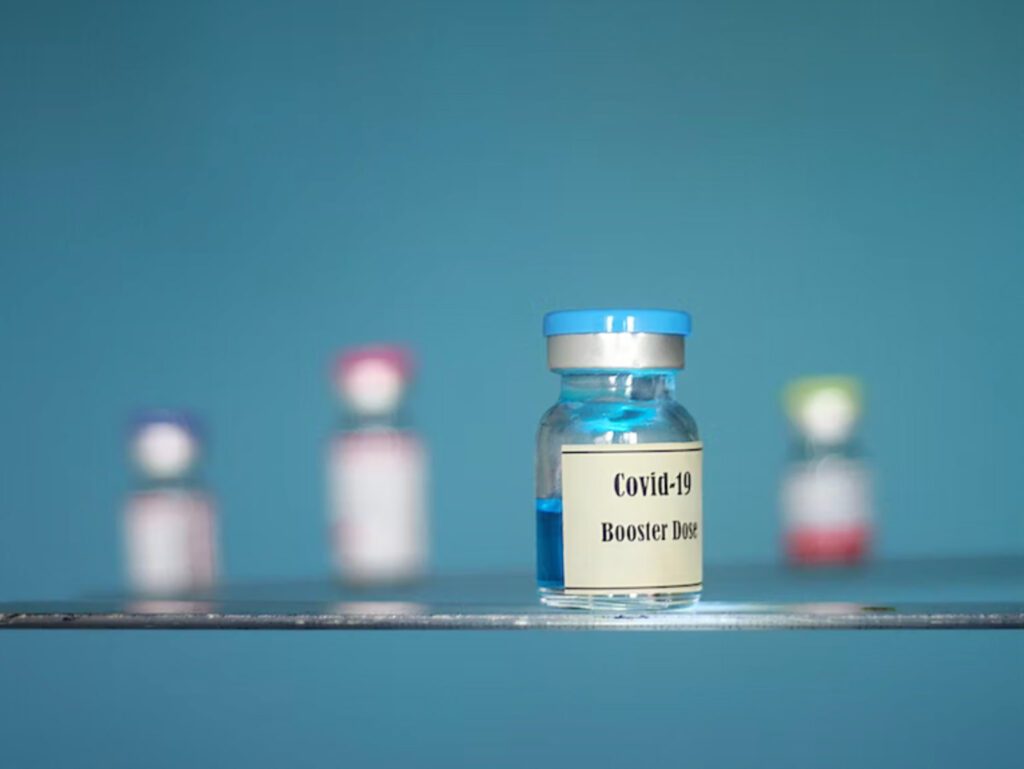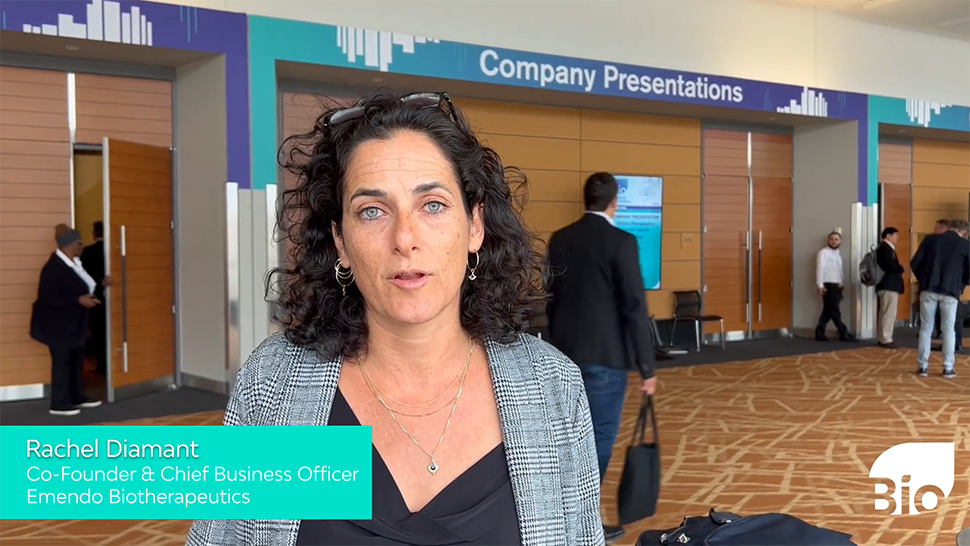Acting upon the Food and Drug Administration’s (FDA) request, the FDA’s Vaccines and Related Biological Products Advisory Committee (VRBPAC) decided unanimously on Thursday to recommend the harmonization of all COVID-19 doses and boosters.
Previously this week, the FDA proposed, as we reported, updating the COVID-19 boosters every fall like the flu shot, conducting an assessment of SARS-CoV-2 strains at least annually. There is also a possibility of an ad-hoc strain selection meeting of VRBPAC as needed if more pathogenic vaccine-escape variant of SARS-CoV-2 emerges.
Retiring monovalent COVID shots
The panel voted yesterday to recommend matching the composition of primary COVID-19 vaccines doses and boosters, which would essentially mean “retiring” the original monovalent coronavirus vaccine and only administering the updated bivalent shot.
The FDA recommended using Pfizer-BioNTech’s and Moderna’s bivalent boosters, which target both the original strain and the BA.4/BA.5 Omicron subvariants and have been shown to reduce the risk of infection, hospitalization, and death from the dominant XBB subvariants.
According to two studies published yesterday, “a bivalent booster on top of 2-4 monovalent doses was 48% more effective against symptomatic infection from the XBB and XBB.1.5 subvariants than a monovalent vaccine alone” and was “61.8% effective against hospitalization or death, compared to 24.9% for the monovalent booster.”
Experts told the committee that having just one type of vaccine would reduce complexity and increase vaccination rates.


According to Dr. Amanda Cohn, director of the U.S. Centers for Disease Control and Prevention’s Division of Birth Defects and Infant Disorders “having a single vaccine against Covid-19 in the U.S. for both primary and booster doses would go a long way toward making the process less complicated and would help get more children vaccinated.”
CDC Covid Data Tracker shows that as of January 26, 2023, only 15.3% of the U.S. population has received a bivalent booster.
When’s my next shot?
VRBPAC, however, declined to vote on FDA’s proposal to give the COVID vaccine every fall, akin to the influenza immunization.
Though it acknowledged that the idea has merits, the committee expressed reservations about whether an annual shot is needed, noting there’s more to be learned about how the coronavirus behaves, per CNN.
The idea of an annual vaccine could be taken up again by the committee, which is expected to meet about nine times this year.
Before the committee’s recommendation, which is nonbinding but usually accepted, goes into effect, the FDA must sign off on, which means the FDA Commissioner will decide whether and when to accept it.
Per USA Today, “Implementation of the strategy requires a meeting of a second advisory panel and approval by the director of the Centers for Disease Control and Prevention.”




